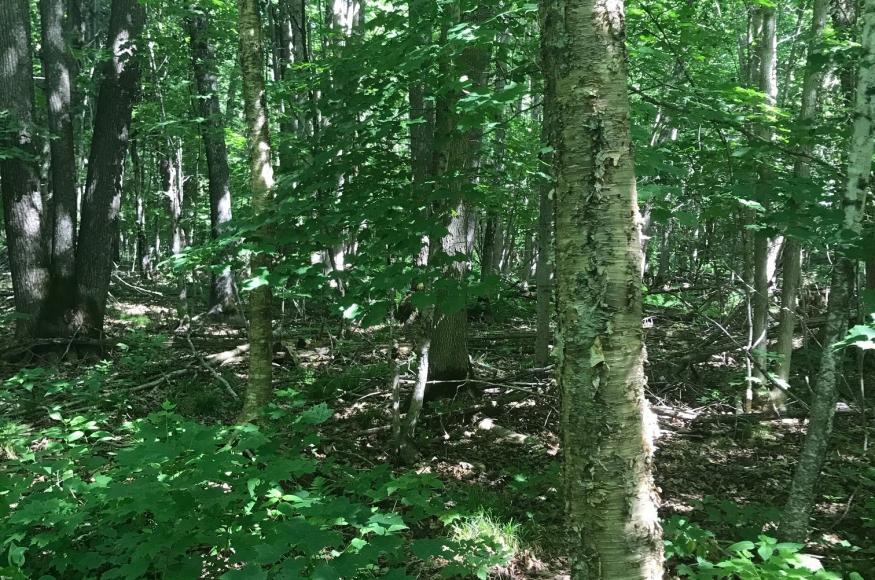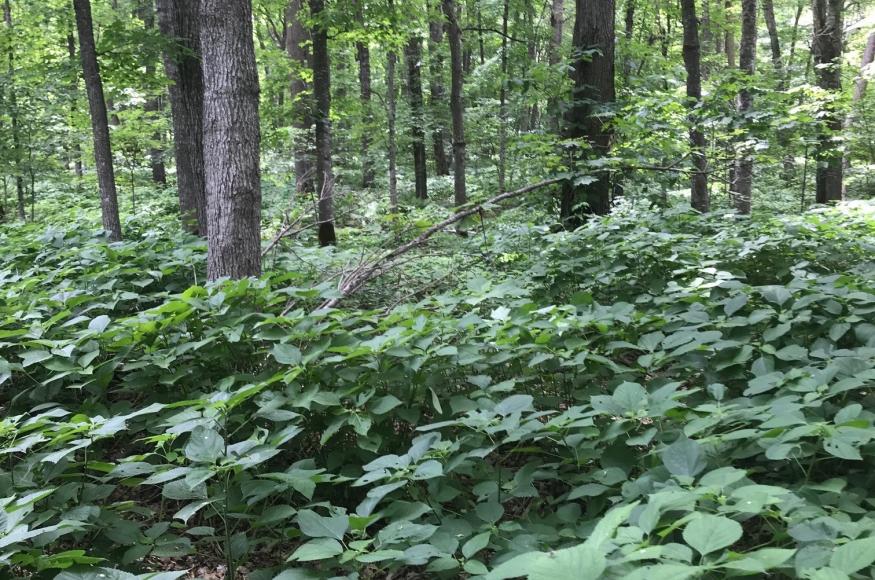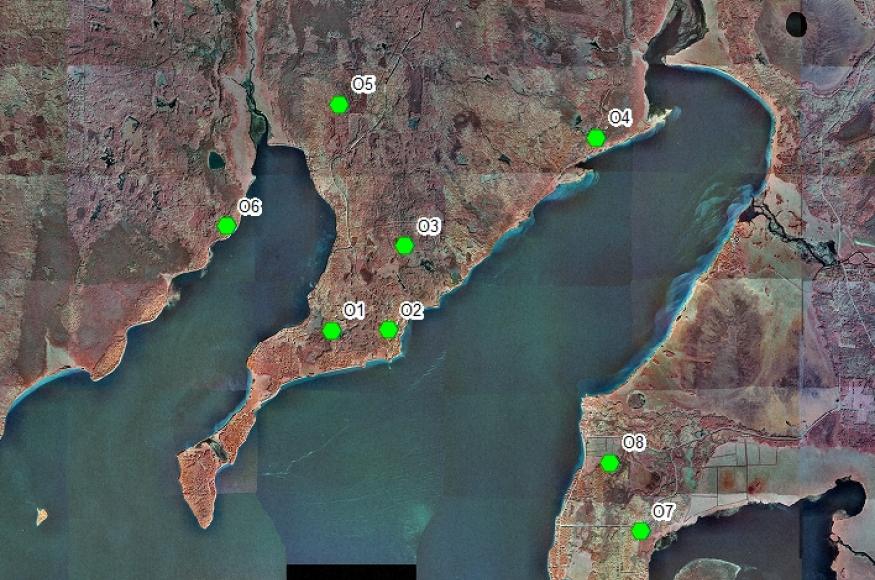Project Area
This 35-acre site is located on Ottertail Point in Northern Minnesota, adjacent to the Leech Lake Band of Ojibwe Reservation. It is a glacial till plain with a lake-modified microclimate that allows for a mesic maple-basswood forest to exist 200 miles north of its primary range. This native plant community is characterized by continuous, often dense, canopies of deciduous trees including sugar maple, basswood, paper birch, and northern red oak. It is a primary element in the 'Big Woods' of central Minnesota, an area 200-miles south of this site that is increasingly fragmented by urban and agricultural development. The forest has a good level of tree species diversity, but the impacts of earthworm invasion threaten overall biodiversity within the ecosystem.
Management Goals
The primary goal for this site is to maintain a diverse southern mesic maple-basswood forest and support the establishment of species that are expanding their range from central Minnesota.
Climate Change Impacts
Some of the key climate change impacts relevant to this area include:
- Average Northern Minnesota temperatures are predicted to increase by 4-10°F by the end of the century.
- Northern Minnesota will have 20-40 fewer days of frozen ground during the winter by the end of the century.
- Northern Minnesota soil moisture patterns will change, with drier soil conditions later in the growing season.
- Intense precipitation events will continue to become more frequent in northern Minnesota.
- Species in fragmented landscapes will have less opportunity to migrate in response to climate change.
Challenges and Opportunities
Climate change will present challenges and opportunities for accomplishing the management objectives of this project, including:
Challenges
Natural species migration in response to climate change will be hindered by the fact that this site is fragmented, not only by urban and residential development to the south, but also by large lakes
Nightcrawlers have invaded some of these sites, reducing species richness and tree regeneration opportunities
Opportunities
The fact that the growing season in this region is predicted to increase by 20 to 60 days by the end of the century is likely to be beneficial for the trees in this natural community
There are abundant sites within the till plain that would be suitable for assisted migration plantings
Adaptation Actions
Project participants used the Adaptation Workbook to develop several adaptation actions for this project, including:
Area/Topic
Approach
Tactics
Forest
Forest Strategy 1: Sustain fundamental ecological functions.
Forest Strategy 5: Maintain and enhance species and structural diversity.
Forest Strategy 9: Facilitate community adjustments through species transitions.
Forest Strategy 5: Maintain and enhance species and structural diversity.
Forest Strategy 9: Facilitate community adjustments through species transitions.
Thin canopy trees
Plant a mixture of tree seedlings, including species that currently occupy the site such as sugar maple, basswood, northern red oak, bur oak, and boxelder, and new species such as disease resistant American elm, bitternut hickory, white oak, and butternut
To mitigate some effects of earthworm invasion, spread wild rice chaff over the site after seeds and acorns fall
Survey the surrounding landscape to detect regeneration / naturalization of introduced species
Monitoring
Project participants identified several monitoring items that could help inform future management, including:
Tag planted trees so that growth and survival can be monitored
Measure survival and growth of planted seedlings and selected volunteer seedlings
Measure post-harvest basal area in the stand
Annually after application, measure the depth of the mulch, the depth of leaf litter, and tree seedlings per acre by species



